Step into the entrance foyer of the European Court of Human Rights (ECtHR) in Strasbourg and you could be in a sports centre in Milton Keynes on a quiet morning. The glass, tubular steel and spiral staircases lack gravitas. There are no gowned briefs or clients in evidence. The place is hushed, lacking in drama – and functional.
And yet the ECtHR is so busy it was long ago overwhelmed by its caseload. The postroom alone receives around 1,400 letters a day from European citizens seeking protection from overweening states. Many of the letters are bundles of documents four or more inches thick. I am shown one letter that has been handwritten in tiny script. There are no paragraph breaks, just an unremitting spidery scrawl. There is no envelope, either. The page has simply been folded and a stamp affixed.
‘That’s nothing,’ the woman who runs the postroom tells me. ‘Some people even write to us in poetry.’ There seemed to be lots of blue plastic in that day’s pile. ‘They’re from Russia,’ the woman says. ‘Instantly recognisable.’
The papers are sorted by a roomful of polyglots: the woman at this desk speaks Serbo-Croat and Hungarian; the man in the corner Polish, Ukrainian and Russian; and another man Turkish and Armenian. Each letter is allocated a number and the writer is sent a form to complete. When this is returned, the case receives a barcode identity and joins the end of the queue of more than 120,000 cases that are waiting to be heard.
It is a journey that for most claims ends in disappointment. More than 90% are thrown out, ruled inadmissible – usually because the claimant had not first exhausted all the domestic remedies or had been too slow to respond to the court’s requests for information. ‘We are too often treated as a court of first instance rather than last instance,’ the postroom woman says.
The process generates a huge volume of paperwork. My guided tour continues down into the archives, where some 3.7km of files are stored. Place them on top of one another and the pile would be more than three times as high as Mount Snowdon.
The first ever case is there at the beginning of the filing system: No1/1955. It pre-dates the ECtHR in its present form, which dates from early 1959, and was against the government of West Germany. It was brought by a teacher accused of paedophilia and was ruled inadmissible. And that is all anybody is going to learn about it until 2030 at the earliest – all cases are kept confidential for at least 75 years.
Next I am ushered into the presence of Jean-Paul Costa, president of the ECtHR since January 2007. He was born in 1941 and became an ECtHR judge, representing France, in 1998; there are 47 judges in total, one from each member state. Costa is also an honorary bencher of London’s Inner Temple, elected in 2002. His seventh-floor office is light and airy, with windows overlooking the river.
Costa says that the ECtHR has been accused of working to ‘unify’ judicial systems across Europe, which is anathema to countries jealous of their national identities, whereas in truth the court is just trying to ‘harmonise’ them. ‘We simply want such fundamental principles as impartiality, equality of arms, freedom of speech and the presumption of innocence to apply across all member states,’ he says. How does the court enforce its judgments against member states? Costa says: ‘We can’t put ministers in prison or prosecute them for contempt of court. Our only sanction is financial, and some countries prefer to pay rather than change their ways. Nonetheless, some 99% of our judgments are executed, not through legal means, but through psychological and political pressure from ministers of other member states.’
We talk about Protocol 14, which is intended to streamline the way the court works and begin to chip away at the backlog of more than 120,000 cases. It has been pending since May 2004, but was only ratified by Russia – the last state to ratify it – three months ago. It came into force on 1 June 2010.
Costa explains that Protocol 14 works in three ways. First, it allows the court to speed up the way it filters cases and strikes out those that are inadmissible. One judge is now allowed to reject such applications, for instance, whereas a panel of three was required previously.
Second, the protocol allows the court to concentrate only on cases that raise important human rights issues and not waste time on those in which the applicant has not suffered a significant disadvantage.
And third, the protocol also brings in new measures for dealing more efficiently with repetitive cases, which currently make up 60% of all judgments.
Costa says the court was a victim of its own success and was overwhelmed with applications, particularly after the fall of the Berlin Wall. ‘More reforms are coming,’ he says. ‘The court must be made to work. Liberty and freedom are like oxygen – you only miss them when you have lost them.’
There is a lone protester sitting on the pavement by the main gates as I leave the court. Neatly written on a piece of card, his complaint accuses the UK government of having fed him the hallucinogenic drug LSD since he was four years old. A conspiracy theorist, I assume, deluded and in need of medical, not legal, help.
To the ECtHR, however, he is one more reason why the court is overwhelmed with cases, many of them hopeless.
Council of EuropeThe Council of Europe (CoE) could so easily be a modern take on the Tower of Babel: 47 member states hubristically working together until struck down in confusion by their diverse languages, cultures, legal systems, religions, and historical antipathies and alliances.
The CoE is a recipe for chaos, in other words, except miraculously it works – and has been working since 1949.
What exactly does it do? This is the question I put to Thorbjorn Jagland, CoE secretary general since 2009. Jagland credits the CoE with building ‘one beautiful legal space for everyone’. He says: ‘Three global players – the EU, Russia and Turkey – have for the first time accepted scrutiny by the same international court (the European Court of Human Rights). Other major players, like the USA, would never accept being under one such court.’
Jagland goes on to give further examples of how the CoE acts as a watchdog for human rights in Europe. He says: ‘Our CPT (the European Committee for the Prevention of Torture and Inhuman or Degrading Treatment or Punishment) oversees all the prisons in Europe, including Russia. Can you imagine such a body being allowed entry into San Quentin prison in the USA?’
But it is not all roses in the garden of Europe. Jagland says: ‘The council needs to be more visible and relevant. It’s a sad commercial fact that newspapers sell more copies by attacking the Roma or the wearing of the burqa than by defending them. They have become spokesmen for the popular, not the weak. We at the council must do a better job of selling human rights to the public.’
Much of the CoE’s frontline work is done by specialist committees, such as the CPT referred to by the secretary general. Hugh Chetwynd, a CPT head of division, says its work is ‘proactive, rather than reactive like the European Court of Human Rights’. His teams locate secret detention sites by talking to former detainees and then visit them to monitor torture, neglect and other abuses. He says: ‘Sometimes prisoners are moved to another jail at three in the morning so they can’t be seen by us, but we persevere.’
His committee has been trying for ‘10 to 15 years’, he says, to persuade the UK to reduce its prison population, particularly of juveniles. It has been pushing for more social care in place of punishment and for fewer short sentences, which are a ‘waste of time and money’ and do nothing to prevent reoffending. He said this last week, incidentally, before Ken Clarke made his policy announcement about sending fewer offenders to jail.
The Pompidou Group is also active at the sharp end. It was started by the former French president in the 1970s before integration into the CoE, and is concerned with combating drug abuse and drug trafficking. Patrick Penninckx, one of the group’s managers, says Europe must work together to beat the criminal gangs behind the supply of drugs, as well as to counter the social and medical damage caused by the habit. He says: ‘Recreational drugs don’t exist – there is always the potential for harm. They may not be addictive and they may not kill you, but they can still make you paranoid or schizophrenic.’
The war on drugs has achieved little, he says, and the time is long overdue for a holistic approach. ‘We need readily available medical treatment, needle exchange schemes and counselling,’ Penninckx says. ‘We must avoid marginalising users and respect their rights.’
Mark Neville, an England-trained solicitor, joined the CoE shortly after qualification and is still there 23 years later. In that time he has advised central and eastern European states following the fall of the Berlin Wall. He has worked with minorities, including the Roma. And he has now climbed to head a department overseeing three of the council’s committees, including the one dealing with migration, refugees and population.
He tells an anecdote that for him encapsulates why the work of the CoE is so important. It was his first trip to Albania to visit a Greek minority living in the south of the country and he was three hours late because the roads were in such poor condition. He says: ‘They told us not to apologise for our lateness. We have been waiting
30 years for you to come, they said. We knew you would get here one day.’
What? The Council of Europe (CoE) was established in 1949 by 10 founding member states. It has since grown to 47 member states comprising 800 million Europeans. Where? Strasbourg, France.
Where? Strasbourg, France.
What does it do? It strives to mould member states into a tolerant and civilised society that respects the fundamental values of democracy, human rights and the rule of law. It does this through its 200 conventions, the best known of which is the European Convention on Human Rights. Policy is driven by the Committee of Ministers, which is made up of the foreign ministers of the 47 member states, and by the Parliamentary Assembly. The latter comprises nominated members of parliament from the member states; the UK delegation’s current leader is former Labour deputy prime minister John Prescott. The CoE also works to counter terrorism, organised crime, corruption, violence against women and children, cybercrime, and trafficking in human beings.
Anything else? The CoE’s European Court of Human Rights, also in Strasbourg, rules on alleged violations of human rights by governments. There are 47 judges, one from each member state. Its judgments are binding and states are obliged to execute them. More than 120,000 cases are waiting to be heard.
Not to be confused with: Although the EU ‘adopted’ the CoE’s 12 gold stars on a blue background flag and its Beethoven’s Ode to Joy anthem, the two bodies are distinct. The 47-member state CoE is primarily concerned with protecting human rights, democracy and the rule of law. The 27-member state EU is mostly concerned with trade and decides matters of mutual interest on a European level.

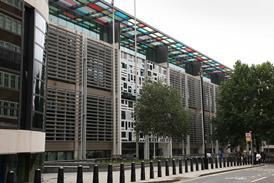
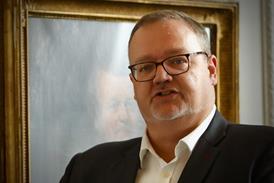
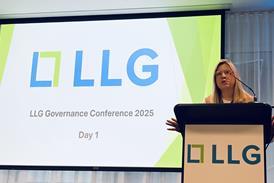

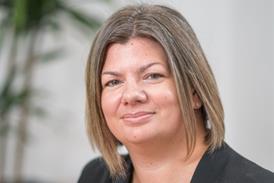
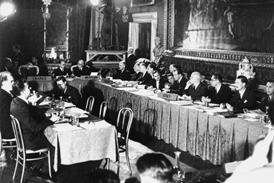
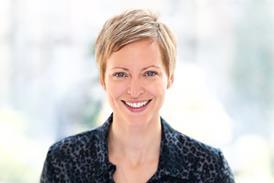
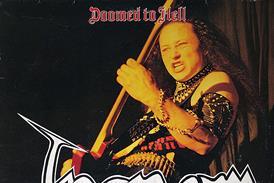
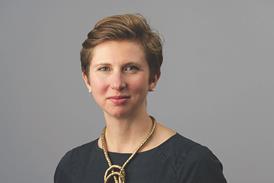
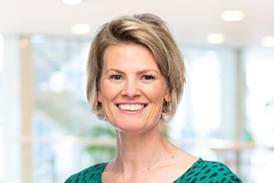

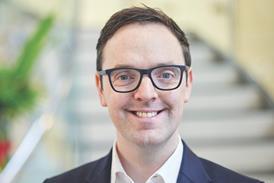
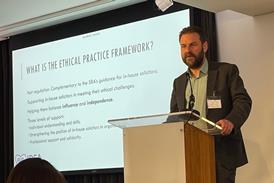




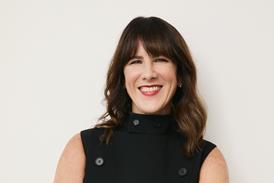
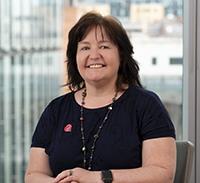







No comments yet